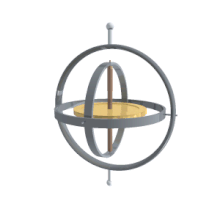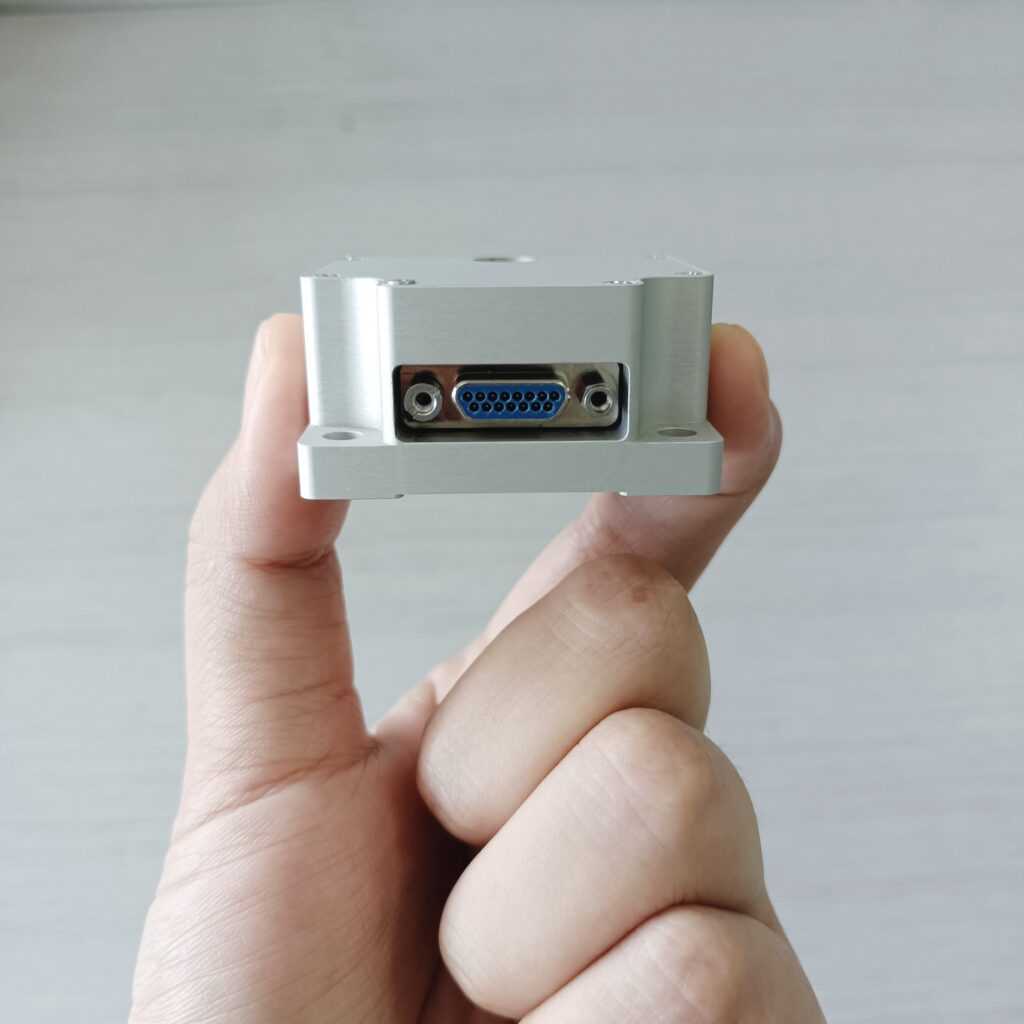Gyroscope, the direction of the rotation axis of a rotating object will not change when it is not affected by external forces. According to this principle, people use it to maintain the direction, and the manufactured thing is called a gyroscope. When the gyroscope is working, it needs to give it a force to make it rotate quickly, generally it can reach hundreds of thousands of revolutions per minute, and it can work for a long time. The direction indicated by the shaft is then read in a variety of ways, and the data signal is automatically sent to the control system.
Various instruments or devices made of the dynamic characteristics of gyroscopes mainly include the following:
Gyroscopic Directional Instrument that can give the turning angle and heading indication of the flying object.
Gyrocompass is a three-degree-of-freedom gyroscope for finding and tracking the geographic meridian plane for navigation and flying objects as a directional reference.
Gyro vertical instrument is an instrument that uses a pendulum sensitive element to apply a correction torque to a three-degree-of-freedom gyroscope to indicate the vertical line, also known as a gyro level. Gyro vertical instrument is another kind of vertical line indication or measuring instrument used in aviation and marine navigation system besides gyro pendulum.
Gyro Stabilizer,a gyroscopic device that stabilizes the hull.
Rate Gyroscope A two-degree-of-freedom gyro device used to directly measure the angular rate of a vehicle. It is widely used in long-distance measurement systems or automatic control and inertial navigation platforms.
Gyro-stabilized platform can be used to stabilize measuring instruments, antennas, etc., and has been widely used in aviation and marine navigation systems, as well as fire control and radar gimbal support.
Gyro sensor was originally used on helicopter models, and now it has been widely used in mobile portable devices such as mobile phones (iPhone’s three-axis gyroscope technology).
FOG is a sensitive element based on an optical fiber coil, and the light emitted by the laser diode propagates along the optical fiber in two directions. The change of the light propagation path determines the angular displacement of the sensitive element. Compared with traditional mechanical gyroscopes, fiber optic gyroscopes have the advantages of all-solid-state, no rotating parts and friction parts, long life, large dynamic range, instant start, simple structure, small size and lightweight. Compared with the laser gyroscope, the fiber optic gyroscope has no blocking problem, and does not need to precisely process the optical path in the quartz block, so the cost is low.
Laser gyroscopes use optical path differences to measure rotational angular velocity (Sagnac effect).
MEMS gyroscope ERICCO is a major manufacturer of low-cost MEMS gyroscopes. Because of its low cost and mass production, gyroscopes based on MEMS technology have been widely used in automotive traction control systems, drones, drilling and mining, medical Equipment, military equipment and other high-precision applications.
Due to the advantages of compact structure, high sensitivity and reliable operation, fiber optic gyroscopes have completely replaced traditional mechanical gyroscopes in many fields and become the key components of modern navigation instruments. In addition to the ring laser gyroscope developed at the same time as the fiber optic gyroscope, there are also modern integrated vibration gyroscopes. Direction of development.
If you are interested, you can leave your email and I will send the catalog and datasheet!






